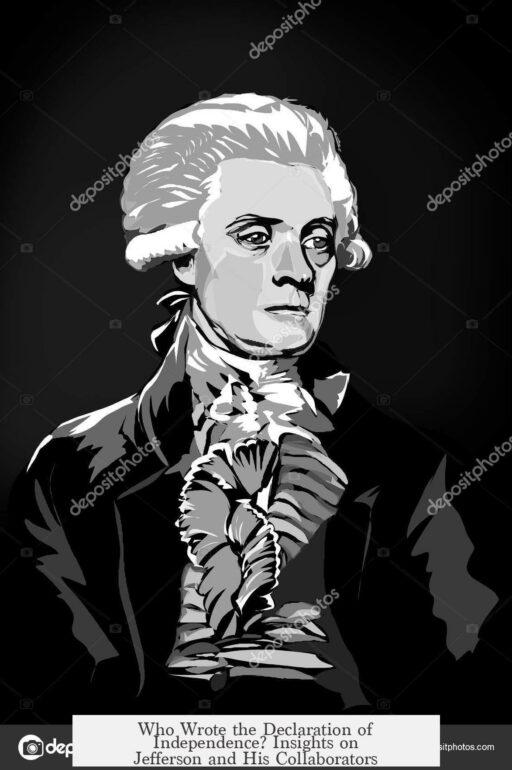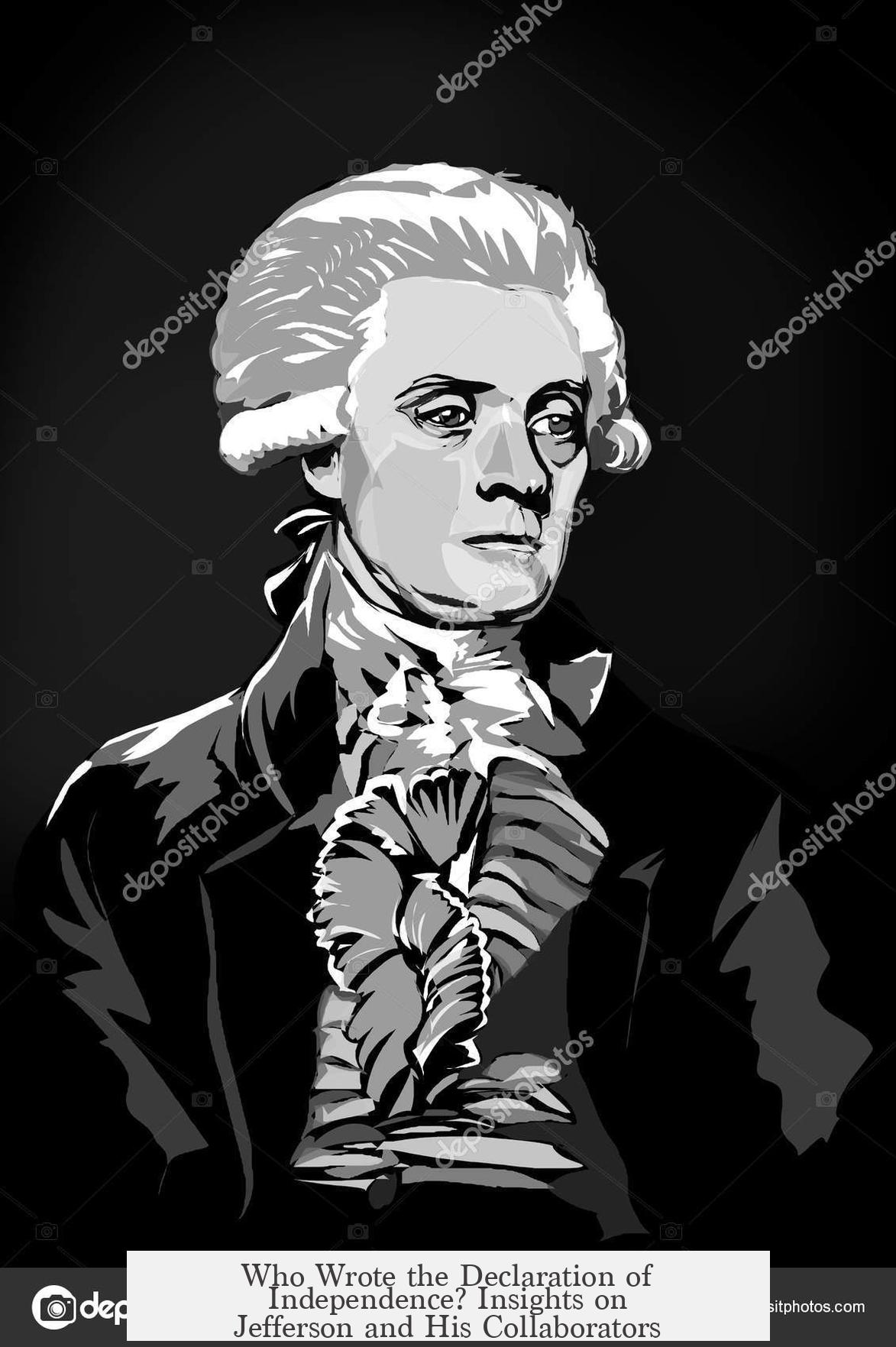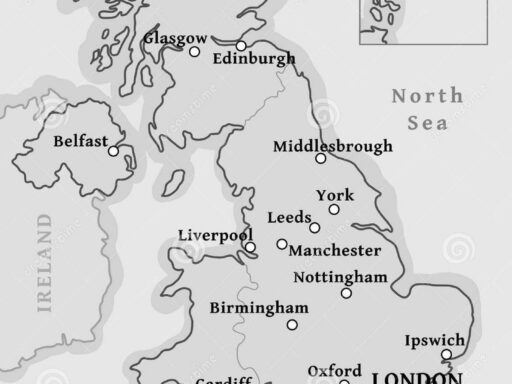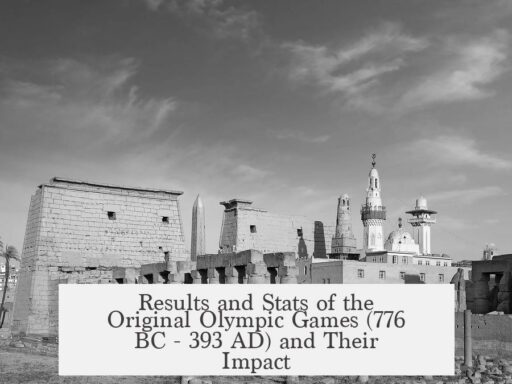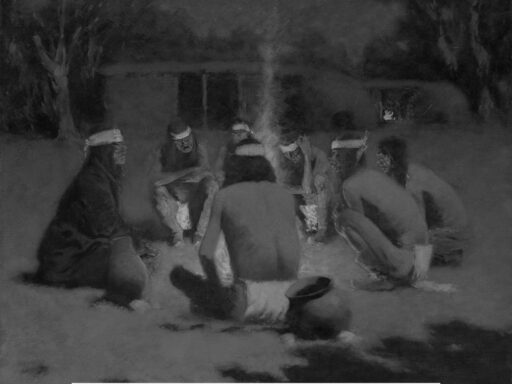Thomas Jefferson mostly wrote the Declaration of Independence. He composed the first draft as a member of the Committee of Five. Although other members and Congress contributed to revisions, Jefferson’s draft formed the core of the document.

The Committee of Five included Jefferson, John Adams, Benjamin Franklin, Roger Sherman, and Robert Livingston. Jefferson took primary responsibility for writing the initial version. Afterward, Adams, Franklin, Sherman, and Livingston reviewed and altered the draft before presenting it to Congress.
Congress then acted as a larger editorial body, making extensive changes and edits. This collective effort refined the Declaration into its final form. Therefore, while many had input, Jefferson’s original draft shaped the document’s fundamental ideas and language.

Timothy Matlack, the Congress’ clerk and assistant secretary Charles Thomson’s aide, was not involved in drafting. Matlack likely copied the final approved version for signing, but he did not author any content. Thomson, as secretary, may have overseen edits during debates but did not write the original or revised text.
- Jefferson wrote the first draft as part of the Committee of Five.
- Adams, Franklin, Sherman, and Livingston made revisions before Congress review.
- Congress conducted further extensive editing to finalize the document.
- Matlack copied the final version but did not author the text.
- The Declaration’s creation was a collaborative process, but Jefferson’s authorship stands out.
This shows the Declaration was a team effort, but Jefferson’s initial draft played the central role. The document evolved through committee and congressional input, reflecting the collective voice of the emerging nation.
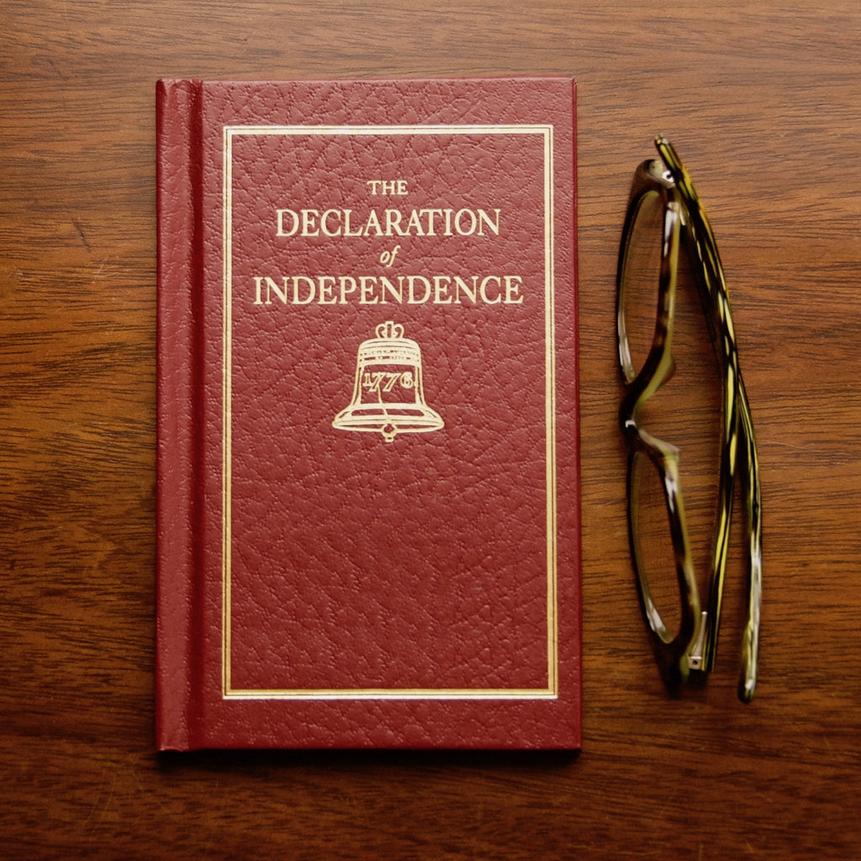
Who Mostly Wrote the Declaration of Independence? Unpacking the True Authors Behind America’s Most Famous Document
If you’ve ever wondered, who mostly wrote the Declaration of Independence?—here’s your answer without the fluff: Thomas Jefferson is the primary author. But—and it’s a big but—this iconic document is the result of teamwork, edits, and collective brilliance.
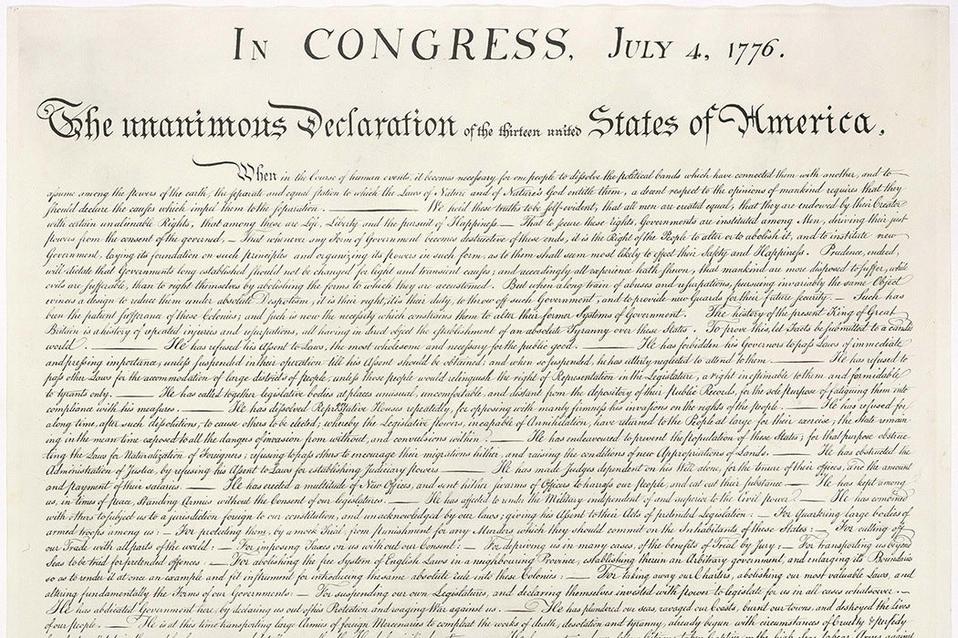
Jefferson doesn’t get all the credit, nor did he work in isolation. The document represents a collaborative effort among some of the brightest Founding Fathers. Let’s dive into the story behind this historic piece and understand how it came together.
The Rise of Thomas Jefferson: The Pen Behind the First Draft
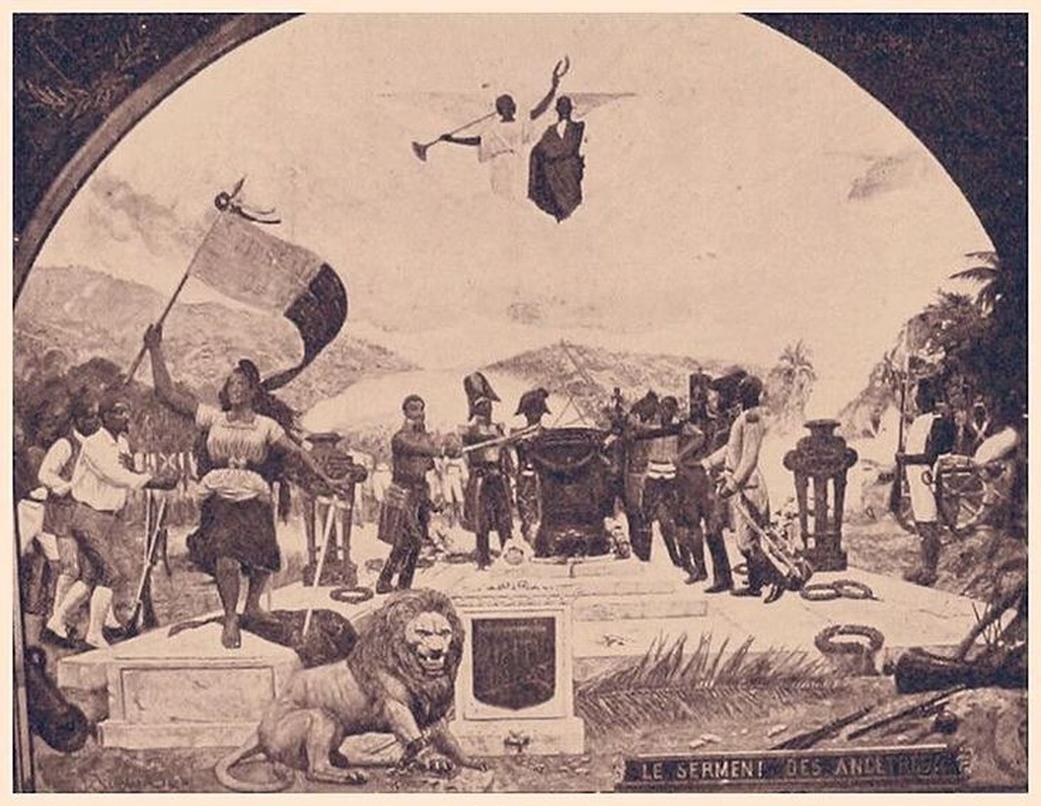
When the Continental Congress formed the Committee of Five to draft a statement justifying separation from Britain, Thomas Jefferson was the clear pick to put pen to paper for the first draft. Why Jefferson? He was known for his eloquence, command of language, and political philosophy. Simply put, he was the document’s architect.
Jefferson wrote the initial draft mostly alone but with a watchful eye on his fellow committee members’ opinions.
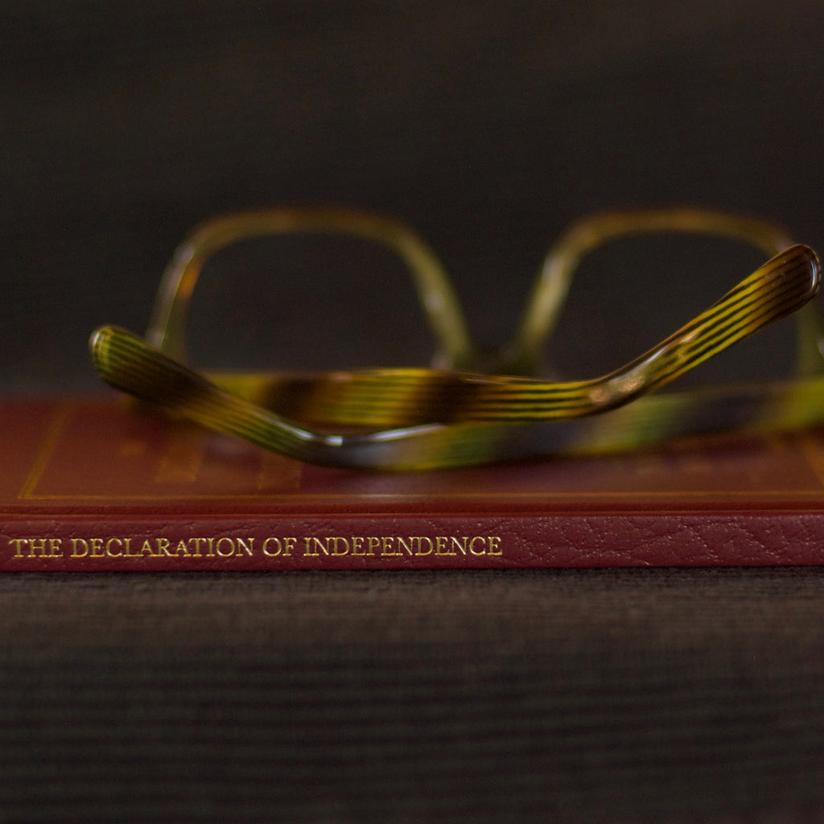
It’s important to nail down this fact: Jefferson’s draft forms the backbone of the Declaration. The sweeping ideals about life, liberty, and the pursuit of happiness? Those came out of his mind and his hand. His style, clarity, and passion infused the draft with power. It’s the reason the Declaration still rings true centuries later.
But It Wasn’t a One-Man Show: The Committee of Five’s Collective Touch
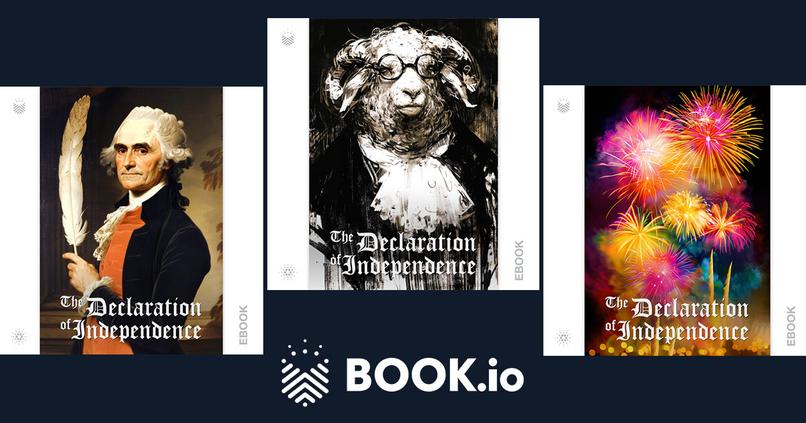
The Declaration didn’t get signed off until several rounds of revisions. Jefferson handed his draft to the other four committee members: John Adams, Benjamin Franklin, Roger Sherman, and Robert Livingston.
These men put their collective heads together, tweaking the draft. They made alterations that polished the language, toned down some fiery rhetoric, and added strategic phrasing—because hey, diplomacy was just as important as passion.
Then the document went to Congress, where a committee of the whole ran the final edits. This committee debated every word and demanded changes. This extensive collaboration ensured that the Declaration represented a united front, not just Jefferson’s vision.
So, while Jefferson was the originator, the Declaration was shaped significantly by these other visionaries. It’s like a blockbuster movie: Jefferson wrote the script, but the whole crew made sure it was Oscar-worthy.
Timothy Matlack: The Scribe, Not the Author
Here’s a twist that surprises some history buffs: Timothy Matlack likely penned the final copy of the Declaration, but he didn’t write or edit the text itself.
Matlack was basically the assistant to Charles Thomson, the Congress’ secretary tasked with keeping official records. Thomson probably made some edits during the debate, then handed the cleaned-up text to Matlack.
Matlack’s job? To write a neat, official version for signing. But this doesn’t make him an author. He was the calligrapher, not the content creator. Imagine a typist producing a beautifully clear printout of a novel—does the typist become the novelist? No.
Understanding Congress’ Role in Shaping the Final Document
After the Committee of Five’s work was done, the Declaration entered Congress, where it faced further scrutiny.
The “committee of the whole”—which means the entire Congress acting as a committee—reviewed the document. This body debated and edited the draft extensively, ensuring that it matched broader colonial consensus and avoided alienating potential supporters.
This step was crucial. It wasn’t just a writers’ club creating a manifesto; it was a deliberative process bringing diverse voices into agreement. The final Declaration was a compromise document in many ways, balancing radical ideas with political realities.
What Can We Learn From This Collaboration?
So, who mostly wrote the Declaration of Independence? Thomas Jefferson wrote the first draft and planted the seeds for the document’s powerful message.
But make no mistake: the text you know today is a product of a team effort involving Adams, Franklin, Sherman, Livingston, and an entire Congress of revolutionary thinkers. Each made crucial edits and shaped this foundational piece.
Think of Jefferson as the lead playwright, with his team refining the script and the cast (Congress) bringing it to life on stage.
Here’s a takeaway for anyone tackling big projects: Even the greatest ideas need collaboration. Getting feedback, revising, and compromising can elevate your work.
The Declaration’s Enduring Power
Does it matter who “mostly” wrote it? Absolutely. Knowing Jefferson’s key role helps us appreciate his vision. But understanding the collective process reveals America’s founding as a shared enterprise—one that respects a diversity of voices.
And that’s a lesson that still matters today.
“The Declaration of Independence is not just the work of Jefferson; it is the product of a revolutionary cooperative effort.”
Did You Know?
- The Committee of Five was appointed on June 11, 1776.
- Jefferson completed his draft in just 17 days.
- Benjamin Franklin suggested some mild edits to soften language.
- Timothy Matlack’s penmanship made the document crisp and clear for signing.
In summary, the Declaration of Independence belongs mostly to Thomas Jefferson’s literary skill but is truly a group masterpiece. It reminds us that great historical moments aren’t solo acts. They’re team efforts.
